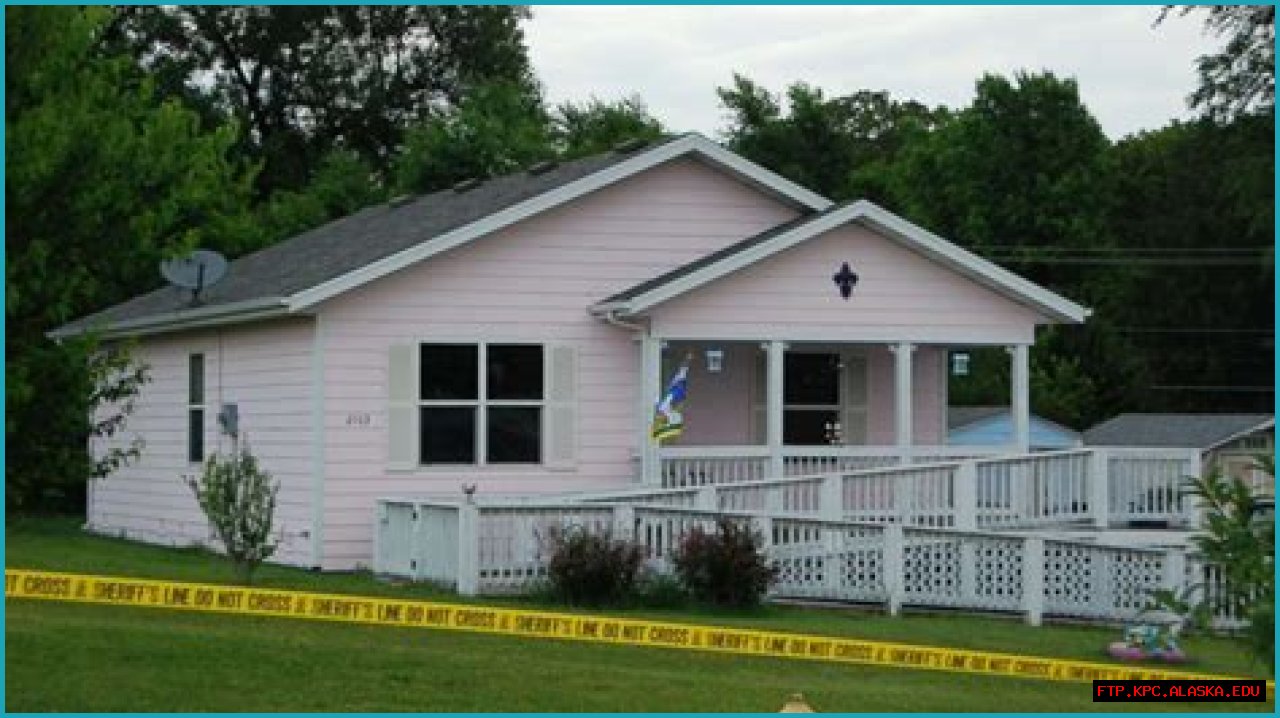Crime scene photography is a crucial aspect of modern forensics, allowing investigators to capture the intricate details of a crime scene. The term "Dee Dee Crime Sense Photos" has emerged as a reference to the specific techniques and methodologies employed in this field. In this article, we will explore the significance, techniques, and ethical considerations surrounding crime scene photography. Additionally, we will delve into how these images can change the trajectory of investigations and influence the judicial process.
Photography at crime scenes does not merely serve as a historical record; it is a powerful tool that aids in analysis and courtroom presentations. With the evolution of technology, crime scene photography has advanced significantly, allowing for greater detail and accuracy than ever before. This article will help readers understand the fundamentals of crime scene photography and its relevance in the field of criminology.
As we navigate through the intricacies of this topic, we will also address various case studies that highlight the role of crime scene photographs in solving high-profile cases. Whether you are a budding forensic photographer, a law enforcement officer, or simply curious about the topic, this comprehensive guide will provide valuable insights into the world of Dee Dee Crime Sense Photos.
- Table of Contents
- What is Crime Scene Photography?
- The Importance of Crime Scene Photography
- Techniques in Crime Scene Photography
- 1. Overall Shots
- 2. Mid-range Shots
- 3. Close-up Shots
- 4. Scale and Measurement
- Equipment Used in Crime Scene Photography
- Ethical Considerations in Crime Scene Photography
- Notable Case Studies
- The Future of Crime Scene Photography
- Conclusion
What is Crime Scene Photography?
Crime scene photography refers to the practice of capturing images of crime scenes to document evidence and provide a visual representation of the environment where a crime occurred. This form of photography is essential for the following reasons:
👉 For more insights, check out this resource.
- To preserve the state of the crime scene for future reference.
- To provide a visual record that can be used in court.
- To assist investigators in understanding the sequence of events.
The Importance of Crime Scene Photography
Crime scene photography plays a pivotal role in the investigation process. Here are some key reasons why it is so important:
- Documentation: Accurate photographs serve as permanent records of the crime scene.
- Evidence: Photographs can capture evidence that might be overlooked during initial investigations.
- Analysis: Visuals help in reconstructing the crime scene, aiding law enforcement and forensic experts in their analyses.
- Presentation: High-quality images can be persuasive in court, helping juries understand the scene more comprehensively.
Techniques in Crime Scene Photography
Several techniques are employed to ensure the effectiveness of crime scene photography:
👉 Discover more in this in-depth guide.
1. Overall Shots
Overall shots capture the entire scene, providing context and a comprehensive view of the environment.
2. Mid-range Shots
These shots focus on specific areas within the scene, highlighting crucial evidence while still showing the surrounding context.
3. Close-up Shots
Close-up shots are used to capture the finest details of evidence, such as fingerprints, blood spatter, or weapons.
4. Scale and Measurement
Incorporating scales into photographs helps provide accurate evidence of size and distance, which can be vital during investigations.
Equipment Used in Crime Scene Photography
The right equipment is essential for effective crime scene photography. Here are some common tools used by professionals:
- DSLR or mirrorless cameras for high-quality images.
- Tripods for stability and consistent framing.
- External flash units to illuminate dark areas.
- Macro lenses for extreme close-ups.
- Light meters to ensure proper exposure.
Ethical Considerations in Crime Scene Photography
Ethics play a significant role in crime scene photography. Photographers must be aware of the implications of their work:
- Privacy: Respecting the privacy of victims and their families is paramount.
- Integrity: Photographs should not be altered or manipulated in any way that misrepresents the scene.
- Confidentiality: Maintaining confidentiality about ongoing investigations is crucial.
Notable Case Studies
Crime scene photography has played a vital role in many high-profile cases:
- The O.J. Simpson trial, where photographs helped establish timelines and evidence.
- The JonBenét Ramsey case, where detailed photographs were pivotal in understanding the crime scene.
- Various homicide investigations where photographic evidence led to the conviction of suspects.
The Future of Crime Scene Photography
As technology continues to advance, crime scene photography is expected to evolve as well:
- Integration of 3D scanning technology for more accurate representations.
- Use of drones for aerial photography in larger crime scenes.
- Enhanced imaging software for analyzing and processing images.
Conclusion
In conclusion, Dee Dee Crime Sense Photos encapsulate the significance of crime scene photography in modern forensic investigations. The techniques, equipment, and ethical considerations discussed in this article highlight the importance of this field. As technology advances, the role of photography in solving crimes will only become more prominent. We encourage readers to explore further into this fascinating topic and share their thoughts in the comments section below.
Thank you for reading, and we hope you found this article informative and engaging. Stay tuned for more insights into the world of crime and forensic science!
Dee Dee Blanchard Crime Scene Photos: A Detailed AnalysisExploring The Intriguing Case Of Gypsy Rose Blanchard And The Murder Of Her Mother: A Deep Dive Into The Facts And ControversiesWho Is Robin Weigert? Unveiling The Life And Career Of The Acclaimed Actress
